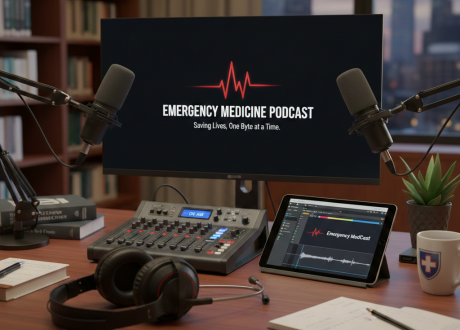Sep 30, 2024
Contributor: Travis Barlock MD
Educational Pearls:
-
Assessment of head and neck vascular injury due to blunt trauma
-
Symptomatic patients require screening head and neck CT angiography
-
-
EAST guidelines include the following criteria for a screening CT angiography in blunt head trauma:
-
Unexplained neurological deficits
-
Arterial nosebleed
-
GCS < 6
-
Petrous bone fracture
-
Cervical spine fracture
-
Any size fracture through the transverse foramen
-
LeFort fractures type II or type III
-
-
EAST guidelines include a grading scale for vascular injury:
-
Grade I: Luminal irregularity or dissection with <25% luminal narrowing
-
Grade II: Dissection or intramural hematoma with >25% luminal narrowing, intraluminal thrombus, or raised intimal flap
-
Grade III: Pseudoaneurysm
-
Grade IV: Occlusion
-
Grade V: Transection with free extravasation
-
References
-
Bensch FV, Varjonen EA, Pyhältö TT, Koskinen SK. Augmenting Denver criteria yields increased BCVI detection, with screening showing markedly increased risk for subsequent ischemic stroke. Emerg Radiol. 2019;26(4):365-372. doi:10.1007/s10140-019-01677-0
-
Biffl WL, Moore EE, Offner PJ, et al. Optimizing screening for blunt cerebrovascular injuries. Am J Surg. 1999;178(6):517-522. doi:10.1016/s0002-9610(99)00245-7
-
Kim DY, Biffl W, Bokhari F, et al. Evaluation and management of blunt cerebrovascular injury: A practice management guideline from the Eastern Association for the Surgery of Trauma. J Trauma Acute Care Surg. 2020;88(6):875-887. doi:10.1097/TA.0000000000002668









